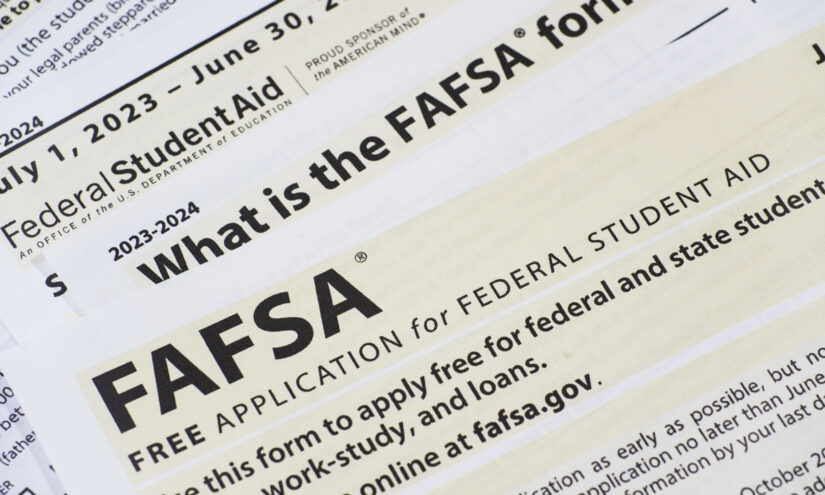During this summer, a team of students from MIT embarked on a journey to the sou …
States That Require FAFSA Completion Saw Slightly Better Outcomes in Tough Year
Carlos Changemaker

Despite a decline in federal student aid applications this year, states with universal FAFSA completion policies saw relatively better results, with most ranking in the top half of the country.
Out of the top 10 states with the highest completion rates, three, including Louisiana, Illinois, and New Hampshire, enforce mandatory FAFSA policies for high school seniors. Connecticut had the highest completion rate nationally, while Alaska had the lowest, according to the National College Attainment Network.
Indiana experienced the smallest year-over-year change in completion rates, while Tennessee saw the largest drop of 44.3%, yet still maintained the second-highest completion rate. Stronger states from the previous year generally experienced more significant declines this year, as reported by the network.
Experts attribute the relative success of mandatory states to the supportive infrastructure that helped students navigate the submission process in a challenging year.
However, no state remained untouched by the challenges of the FAFSA process.
“While there is certainty some variation across the states, the pattern holds,” stated Katharine Meyer, a fellow at the Brookings Institution’s Brown Center of Education Policy. Meyer highlighted the impact of submission decreases on completion rates across different income levels, emphasizing the disparities in high-income and low-income schools.
This year saw the introduction of a new form following the FAFSA Simplification Act. Despite the intended simplification, the rollout faced challenges, leading to a significant drop in form submissions due to delays and technical issues.
Differences in completion rates were evident between students at higher-income and lower-income schools, with a notable decrease among the latter group. This disparity has raised concerns about the impact on low-income and first-generation students.
“It’s the lowest-income students, the first-generation students, who don’t have additional resources to guide them through this process, who are ultimately paying the price for this rollout,” explained Meyer.
While disparities in support for students have existed before, this year’s added complexities on the form exacerbated existing challenges, leading to a substantial drop in submissions and completions.
Overall, there was a 24% drop in form submissions compared to the previous year and a 38% drop in error-free completions, as reported by the college attainment network.

As of April 9, 16% of FAFSA applications required student corrections, and approximately 30% were affected by processing errors or data issues, according to a report from the U.S. Department of Education.
The completion rates hold significant importance, emphasized Bill DeBaun, senior director of data and strategic initiatives at the network.
“Completions remain the target for NCAN and our members, and it’s what we’re encouraging the field to pursue,” he highlighted.
Shifting to Mandatory FAFSA Policies
Across the nation, seven states have implemented universal FAFSA policies, with additional states passing similar mandates. However, Louisiana, the first state to enact this policy, reversed course this year following various concerns raised by state lawmakers.
Elizabeth Morgan, chief external relations officer at the attainment network, voiced disagreement with the decision to roll back the universal FAFSA policy, emphasizing the importance of the shift from optional to required.

“Universal FAFSA is not about penalizing students or holding students back,” Morgan clarified.
She further highlighted the importance of FAFSA completion for students from lower-income backgrounds in dispelling misconceptions about financial aid eligibility and usage in various educational institutions.
Meyer suggested that states with mandatory FAFSA rules tend to have higher submission rates due to the integration of support mechanisms, fostering a culture of completion.
Reflecting on this year’s challenges, Meyer noted that states with universal policies may have mitigated some issues compared to others.
Despite the current obstacles, experts remain hopeful for long-term positive impacts on college access for students, albeit acknowledging the bumpy road ahead.


